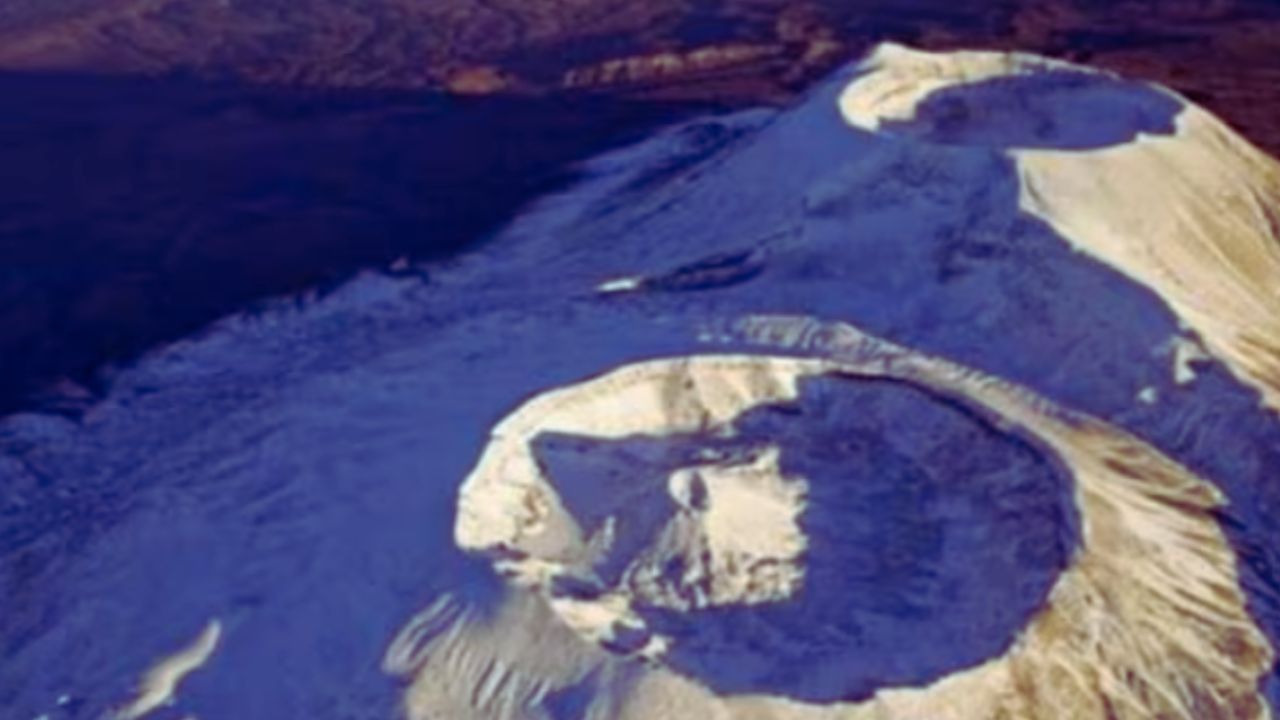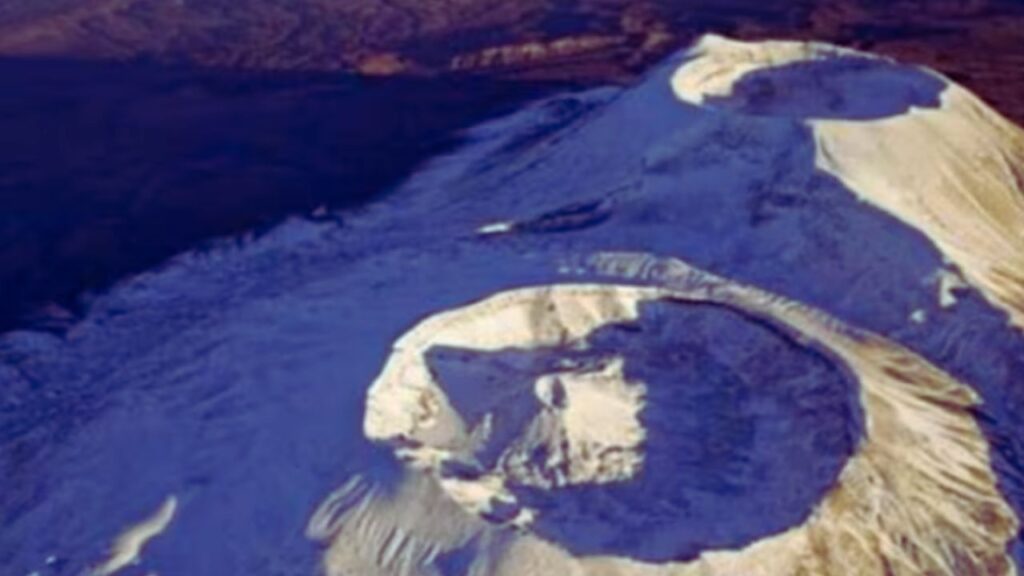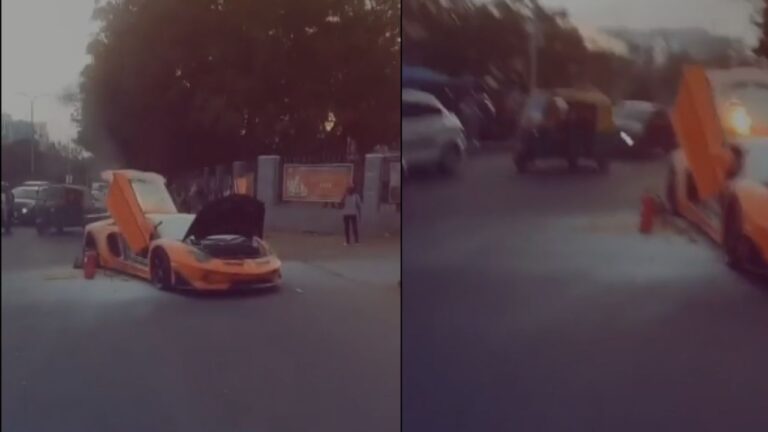
In a rare and dramatic turn of geological events, scientists believe that a recent earthquake in Russia may have reawakened a volcano that has been dormant for over 600 years, sending tremors of concern through the global scientific community. The incident, which unfolded in the remote and rugged Kamchatka Peninsula, has drawn international attention not only for its seismic impact but also for its potential to reshape our understanding of the link between earthquakes and volcanic activity.
The Eruption That Shocked Scientists
Earlier this week, the Kambalny Volcano, located in southeastern Kamchatka, showed sudden and intense signs of activity — a thick plume of ash billowing several kilometers into the sky, minor lava flows near the crater, and a series of rumbling aftershocks. What makes this event extraordinary is the fact that Kambalny had not erupted since the early 1400s, making this its first recorded eruption in modern scientific history.
The eruption came just days after a powerful 6.8 magnitude earthquake struck the region, raising strong suspicions that the seismic activity may have directly triggered the volcanic unrest.
What the Experts Are Saying
Volcanologists and seismologists are now closely analyzing data to establish a clearer cause-effect relationship. Preliminary models suggest that the earthquake may have destabilized magma chambers deep beneath the Earth’s crust, allowing molten rock to rise toward the surface.
Dr. Irina Petrovna, a leading geophysicist at the Russian Academy of Sciences, explained:
“The energy released by the quake appears to have acted like a pressure valve. The volcano has been sleeping for centuries, but tectonic movements can change subsurface conditions very rapidly. This eruption could be directly linked to that seismic jolt.”
While the connection between earthquakes and volcanic eruptions isn’t new, witnessing it in real-time — particularly with such a long-dormant volcano — is a rare and scientifically significant event.
Volcanic Fallout: Immediate Impact and Precautions
Though Kamchatka is sparsely populated, local authorities and the Kamchatka Volcanic Eruption Response Team (KVERT) issued alerts to nearby communities and aviation authorities. The volcano’s ash plume has already prompted flight diversions and posed hazards to air travel, particularly trans-Pacific routes.

Residents in neighboring areas reported mild tremors, ash dust on rooftops, and the unmistakable smell of sulfur in the air. Schools were temporarily closed in nearby villages, and emergency preparedness teams have been deployed in case of further volcanic activity.
A Geological Domino Effect?
This incident has sparked wider concerns about whether other dormant volcanoes in the seismically active Pacific Ring of Fire could similarly be awakened by tectonic shifts. With the Kamchatka region sitting atop the volatile Pacific Plate boundary, scientists are now increasing monitoring across neighboring volcanic systems.
Professor Hiroshi Tanaka, a Japanese seismologist and member of the Global Volcanic Watch Initiative, commented:
“This event could be the beginning of a broader cycle of seismic-volcanic interactions. Earthquakes are stress releasers, and sometimes, that stress finds its way into the Earth’s most explosive systems.”
Historical Echoes and Future Warnings
The last time Kambalny erupted, much of the modern world as we know it didn’t exist. Now, with climate change and tectonic instability becoming more interwoven with human civilization, the need for advanced early-warning systems and global cooperation is greater than ever.
This eruption is not just a geological curiosity — it is a reminder of nature’s unpredictability, and the powerful, interconnected forces at play beneath our feet.
Nature’s Wake-Up Call
The awakening of Russia’s Kambalny volcano after six silent centuries is a monumental geological event — one that may have been sparked by a single, violent earthquake. As researchers work to confirm the precise mechanics of this interaction, the world watches closely.
In an age of satellite surveillance, AI-powered prediction models, and global scientific collaboration, one thing remains clear: the Earth still holds the power to surprise us — and perhaps, teach us lessons we’ve long forgotten about the balance between calm and chaos.
Stay with us for more updates on this unfolding natural phenomenon, expert analyses, and global reactions as this ancient volcano roars back to life.




